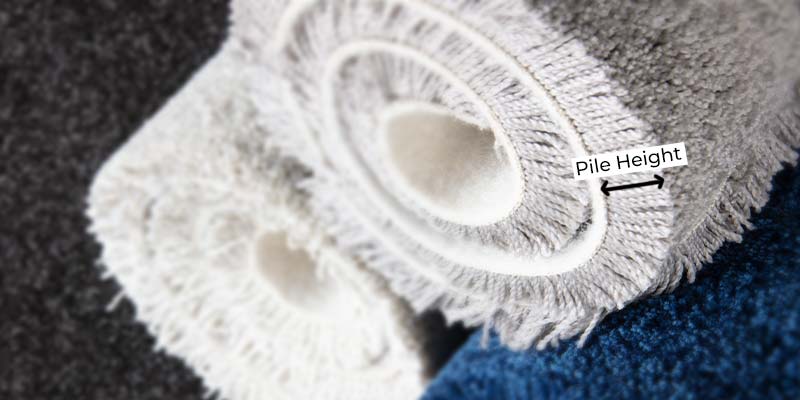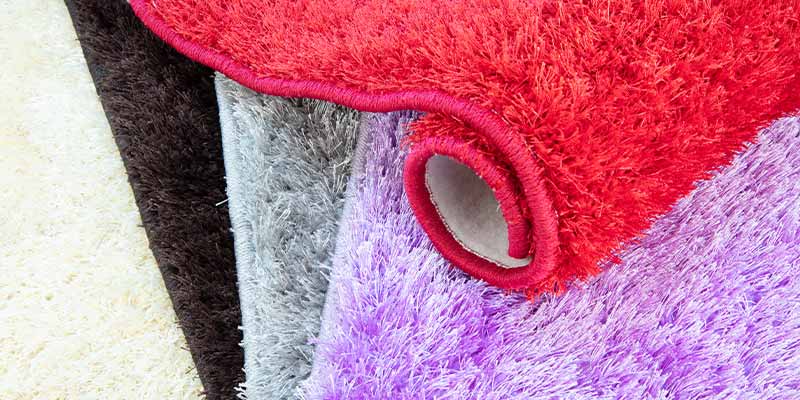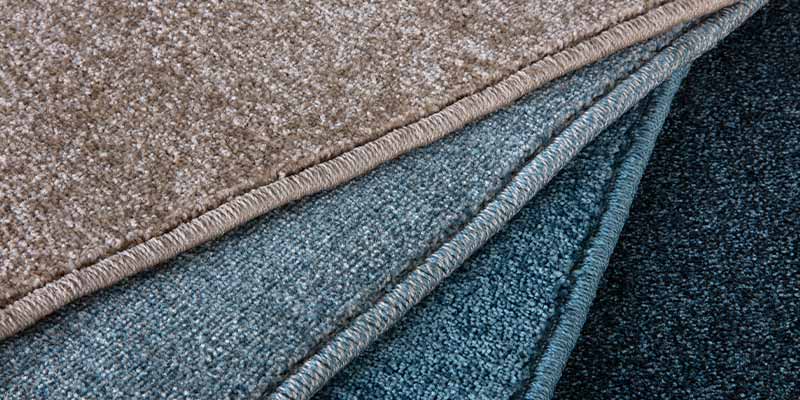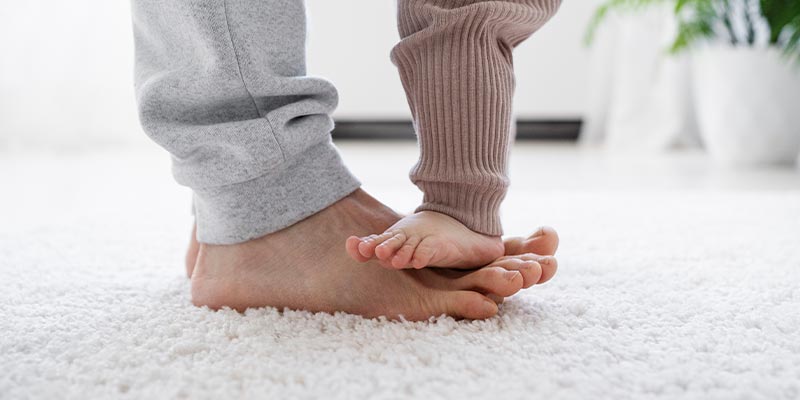This article will specifically focus on How to Choose the Right Pile Height for a Wall-to-wall Carpet, which is part of Zarif Carpets‘ collection of articles related to wall-to-wall carpets. Discover more articles related to the subject on our ‘All About Wall-to-wall Carpet‘ page.
If you are not familiar with the topic of wall-to-wall carpets, we recommend checking out our guide ‘Wall-to-wall Carpets: What You Should Know‘ first.
What Is Pile Height?
In the carpet industry, pile height refers to the distance between the backing of a carpet and its surface, measured in inches or millimeters. For example, if a rug or wall-to-wall carpet has a pile height of 20 mm, it means each pile strand is 20 mm tall.

Why Pile Height Is Important
Pile height mainly impacts two aspects of a wall-to-wall carpet: softness and durability. Typically, these factors are inversely related, meaning that more softness often leads to less durability. Therefore, it is important to consider where you want to use the carpet before purchasing it.
We typically classify wall-to-wall carpets with less than 12 mm of pile height as short pile height and those with greater heights as high pile height.
In the following sections, we delve into the advantages and disadvantages of long and short pile heights in terms of softness and durability of wall-to-wall carpet. We also describe where you should use each type:
Long Pile Height Carpet
Carpets with a long pile height are softer than those with a short pile height. This type of carpet is suitable for low-traffic areas such as bedrooms and children’s rooms as they provide more comfort and safety. While they offer lower durability compared to short pile height carpets, with proper care, their lifespan can extend to over 10 years.
If you would like more information about the longevity of a wall-to-wall carpet, check out our article ‘The Lifespan of Wall-to-Wall Carpet‘.

Short Pile Height Carpet
As mentioned, a short pile height carpet is typically more durable but less soft. This type of carpet is suitable for high-traffic areas such as offices, hallways, and stairways. Additionally, short pile carpets are often easier to clean.
In short pile carpets, dirt and debris tend to stay on the surface, making it easier to vacuum and clean. In contrast, long pile carpets have deeper fibers where dirt can become embedded, making it harder to remove.
Another advantage is the pet-friendly feature. We strongly recommend avoiding high pile carpets when you have a pet in the house, as this type can cause your pet’s claws to get stuck in the yarn. If you are interested in learning which type of carpet is suitable for pets, check out our article ‘Best Pet-Friendly Carpet‘.

The Right Pile Height for Your Carpet
The first and foremost consideration when choosing the right pile height for your carpet is the intended use of the wall-to-wall carpet. If the area experiences low foot traffic or if comfort is more important than durability, opting for a high pile height carpet is recommended. For instance, this type of carpet is highly suitable for children’s rooms due to its softness and safety, as it helps prevent children from getting hurt.
On the other hand, in areas with high foot traffic, opting for a short pile height carpet is preferable. For example, if you’re considering carpeting your office, choosing a short pile height is more optimal because it offers higher resistance to wear and tear and is easier to vacuum.

Zarif Carpets: Perfect for Every Purpose
At Zarif Carpets, as the largest manufacturer of wall-to-wall carpets in the Middle East, we take pride in offering a diverse range of high-quality fitted carpets with various pile heights to suit your needs. Visit our carpet page and easily filter carpets based on pile height to explore our collection of wall-to-wall carpets tailored to your preferences.
For more details about wall-to-wall floorings, check out our LinkedIn page too.

